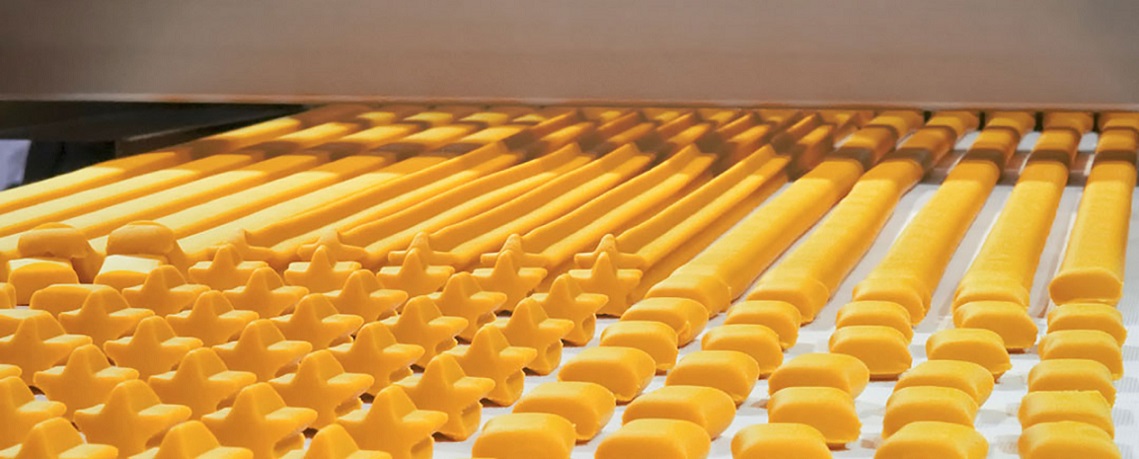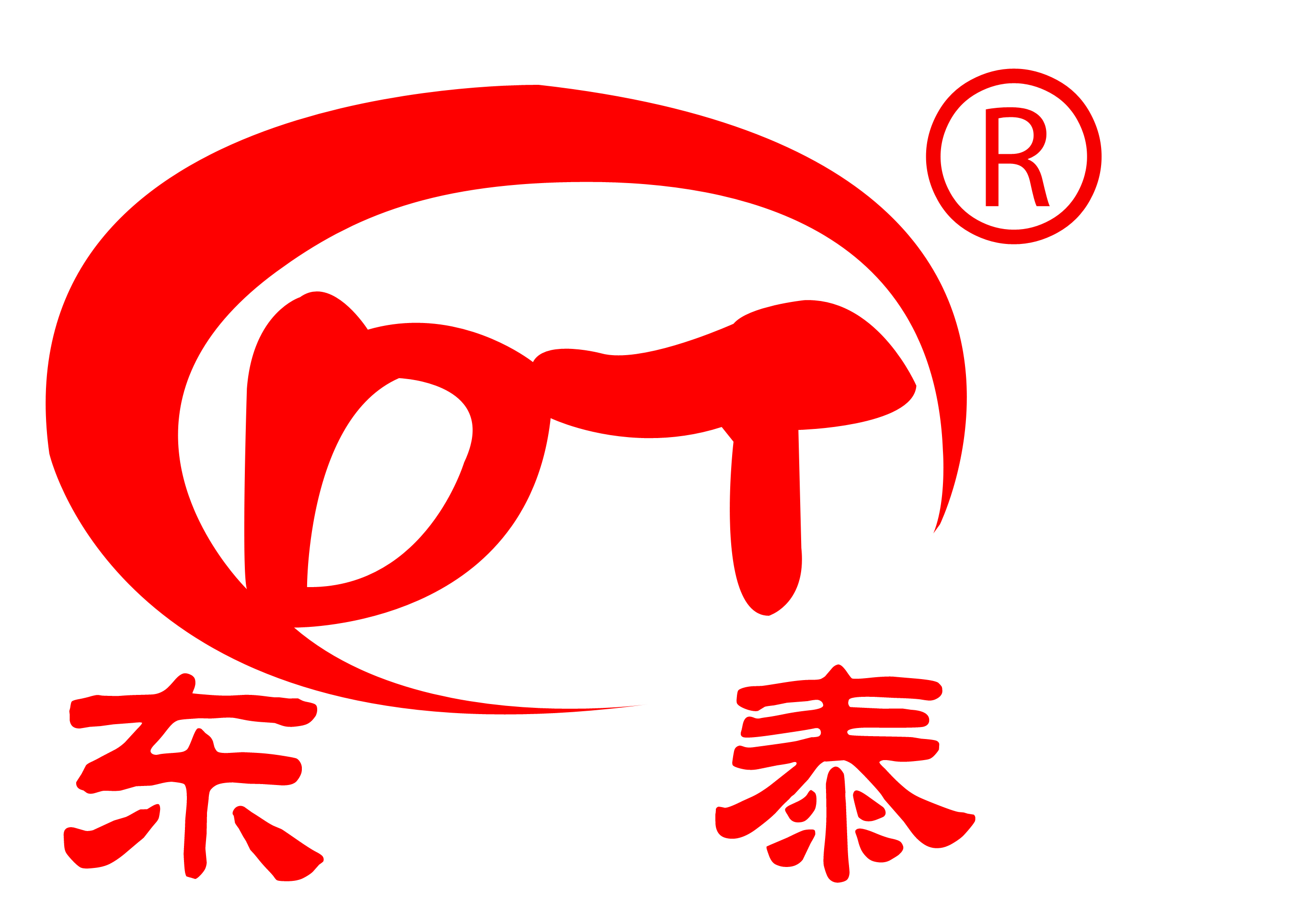Frequently Asked Questions about Potassium Chloride.

With potassium chloride being used in food products, there have been several key questions that need to be addressed. In this FAQ we provide answers to the questions that we most often hear:
What is potassium chloride?
Answer: Potassium chloride is a common, naturally occurring mineral. It is typically extracted from the ground via solution potash mining; that is, water is injected into the ground where potassium chloride deposits exist, the water dissolves the potassium chloride and the saturated brine is pumped back to the surface and the water is evaporated leaving the potassium chloride behind. Potassium chloride may also be extracted from the sea, in a similar process that is used to produce some sea salts. Potassium chloride is one of the minerals present in sea water that can be extracted through traditional solar evaporation.
Is potassium chloride safe to eat?
Answer: Yes. Potassium chloride has been affirmed as Generally Recognized As Safe (GRAS) by the U.S. Food and Drug Administration (FDA) as a multipurpose ingredient in foods with no limitation other than current good manufacturing practice (cGMP), which means food manufacturers can use it at levels necessary to achieve its intended technological effect in a food product.[1]
Is potassium chloride harmful to me?
Answer: The safety of oral consumption of potassium chloride is supported by its long history of use in foods, and its regulatory acceptance for food use in the U.S. and by numerous international scientific bodies and regulatory authorities. The acceptable daily intake (ADI) for chloride salts (including potassium chloride) is “not limited,” which is indicative of their very low toxicity to humans.[2]
Is there a recommended intake level for potassium chloride? If so, what happens if I exceed them?
Answer: Potassium chloride is absorbed into the body in the form of its constituent ions: potassium and chloride. According to the Institute of Medicine (IOM),[3] dietary consumption of potassium at the adequate intake (AI) level of 4.7 g/day (for all adults) should maintain lower blood pressure levels, reduce the adverse effects of sodium chloride intake on blood pressure, reduce the risk of recurrent kidney stones, and possibly decrease bone loss. In the generally healthy population with normal kidney function, intake of excess potassium from foods (e.g., above the AI) is not of concern because it is readily excreted in the urine. However, individuals who have special medical conditions associated with impaired urinary excretion of potassium (e.g., diabetes, renal failure, severe heart failure, etc.) or undergoing specific therapeutic regimens (e.g., certain drugs, dietary restrictions, etc.) should consult with their healthcare professional prior to consuming any foods containing potassium chloride. At present, dietary intake of potassium by all groups in the U.S. and Canada is considerably lower than the AI, with adult women consuming approximately only half of the AI (2.2-2.6 g/day) and men consuming moderately higher than women (2.8-3.4 g/day). This includes all sources of potassium from foods (i.e., naturally occurring or added ingredient). Thus, the U.S. Department of Agriculture’s (USDA’s) 2010 Dietary Guidelines for Americans recommend an increase in the intake of foods that provide potassium, among other nutrients.[4]
What about chloride intake from potassium chloride?
Answer: According to the IOM, the AI for chloride is 2.3 g/day and the upper limit (UL) is 3.6 g/day for all adults; and, in general, chloride requirements are met due to the presence of sodium chloride in processed foods.[5] Hence, the use of potassium chloride as a replacement for sodium chloride in foods would not be expected to result in an increase in potential dietary intake of chloride.
Are there any health issues that I should be concerned about?
Answer: In the generally healthy population with normal kidney function, intake of excess potassium from foods is not of concern because it is readily excreted in the urine. However, individuals who have special medical conditions associated with impaired urinary excretion of potassium (e.g., diabetes, renal failure, severe heart failure, etc.) or undergoing specific therapeutic regimens (e.g., certain drugs, dietary restrictions, etc.) should consult with their healthcare professional prior to consuming any foods containing potassium chloride.
Does my body need potassium chloride?
Answer: Potassium chloride is absorbed into the body in the form of its constituent ions: potassium and chloride. Electrolytes, like potassium and chloride, are vital to the normal functioning of the human body (e.g., blood pressure homeostasis, kidney function, cell communication, pH buffering).
What is potassium chloride used for in food?
Answer: According to the GRAS-affirmed uses of potassium chloride, it is used as a flavor enhancer, flavoring agent, nutrient supplement, pH control agent, and stabilizer or thickener. However, potassium chloride is used for two main purposes in food products. The first is to provide potassium enrichment to foods. The second is as a salt replacer to reduce the sodium content in foods. Like salt (aka sodium chloride), potassium chloride provides a salty flavor and can also often play other functional roles (e.g. microbial management, protein modification, flavor enhancement) that impacts the taste, texture, and shelf life of food products.
What are some food products that contain potassium chloride?
Answer: Potassium chloride is widely used as a salt replacer or to provide potassium enrichment in many different food products including:
- Baby formulas
- Cereals
- Frozen entrees
- Meats
- Snack foods, such as chips or crisps
- Sports/electrolyte drinks
- Soups
- Sauces
- Snack/meal bars
What are other non-food uses of potassium chloride?
Answer: By far the largest use for potassium chloride is as a fertilizer. Like humans and many other living organisms, plants also need potassium to flourish. Fertilizer/industrial grade potassium chloride is commonly referred to as potash.
Potassium chloride is also used in the pharmaceutical industry in dialysis fluids, among other things. Potassium chloride in dialysis fluid helps keep the body’s electrolytes in balance.
Is there another way to reduce salt/sodium without using potassium chloride?
Answer: For home cooking, one could use herbs and seasonings to provide flavor to foods. For commercially prepared items, flavors and herbs may provide or enhance the taste of foods; but, a food manufacturer would still need to consider the other basic functional roles of salt (e.g., texture, microbial management) in the food product. Depending on the functional role, one may be able use other non-sodium substitutes, e.g. magnesium chloride and calcium chloride; however, they can sometimes create “off” flavors.
Do I have to be concerned about potassium chloride allergies?
Answer: Potassium chloride does not contain any of the major known food allergens, including: wheat, soy, milk, eggs, peanuts, tree nuts, fish or shellfish. However, with any food, there is risk of intolerance or an allergic reaction. Individuals who believe they have had a reaction to consumption of potassium chloride should consult with their health care professionals.
[1] Title 21, Part 184—Direct food substances affirmed as generally recognized as safe, Subpart B—Listing of specific substances affirmed as GRAS, Section 184.1622 Potassium chloride of the U.S. Food and Drug Administration (FDA) Code of Federal Regulations (CFR). Available from: http://www.accessdata.fda.gov/scripts/cdrh/cfdocs/cfcfr/CFRSearch.cfm?fr=184.1622&SearchTerm=potassium%20chloride.
[2] JECFA. 1980. Evaluation of certain food additives—Chloride: Ammonium, magnesium, potassium. Twenty-third Report of the Joint FAO/WHO Expert Committee on Food Additives (JECFA); WHO Technical Report Series (TRS) No. 648, Rome/WHO, Geneva. Available from: http://whqlibdoc.who.int/trs/WHO_TRS_648.pdf.
[3] IOM. 2005. Chapter 5 – Potassium. In: Dietary Reference Intakes for Water, Potassium, Sodium, Chloride, and Sulfate. Panel on Dietary Reference Intakes for Electrolytes and Water, Standing Committee on the Scientific Evaluation of Dietary Reference Intakes, Food and Nutrition Board, Institute of Medicine (IOM). National Academy of Sciences (NAS), pp. 186-268. Available from: http://www.nap.edu/catalog.php?record_id=10925.
[4] USDA. 2010. Dietary Guidelines for Americans 2010. U.S. Department of Agriculture, U.S. Department of Health and Human Services. Available from: http://www.health.gov/dietaryguidelines/dga2010/DietaryGuidelines2010.pdf.
[5] IOM. 2005. Chapter 6 – Sodium and Chloride. In: Dietary Reference Intakes for Water, Potassium, Sodium, Chloride, and Sulfate. Panel on Dietary Reference Intakes for Electrolytes and Water, Standing Committee on the Scientific Evaluation of Dietary Reference Intakes, Food and Nutrition Board, Institute of Medicine (IOM). National Academy of Sciences (NAS), pp. 269-423. Available from: http://www.nap.edu/catalog.php?record_id=10925.
